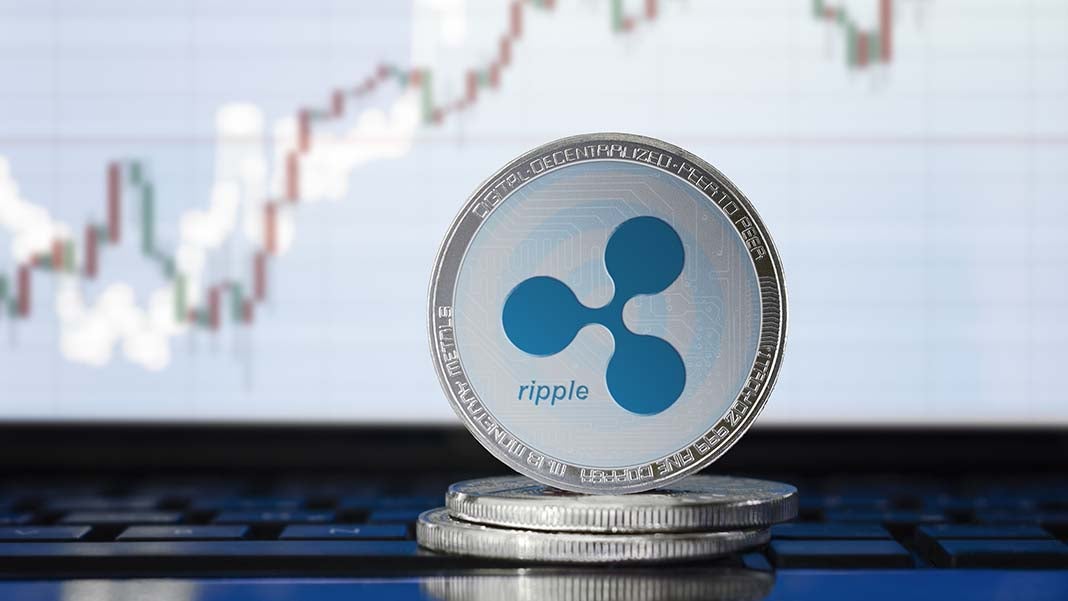
Ripple is one of the oldest cryptocurrency networks. Launched in 2012, the ripple coin was once valued at 1000 coins for a dollar. Six years later, ripple coin is valued at $0.65, a growth rate of more than 40,000%.
In spite of Ripple’s fast grown rate, however, many cryptocurrency investors still ask this question: Is Ripple worth investing in?
4 Reasons Crypto Investors Can’t Decide Whether to buy Ripple
1. Centralized Management
Ripple is owned by Ripple Labs, a company that owns half of all Ripple coins in distribution. There are 100 billion Ripple coins, all pre-mined in 2012. With the company keeping 50 billion of the coins, many investors fear that they could control the coin’s prices by regularly dumping the coins they own.
As a centralized company, the Ripple network also makes a lot of decisions that influence the coin’s value. One recent decision was allowing American Express to complete payments using the Ripple blockchain but without using Ripple coins. While the company had authority to make such a decision, it discouraged the use of Ripple coins, threatening their value in the market.
2. Closed Blockchain
Whereas many blockchains are like public ledgers that can be accessed by anyone, Ripple’s blockchain is a members’ only platform. Ripple was developed to connect banks and financial institutions. And in most cases, only the financial institutions have access to this blockchain.
However, Ripple’s defenders argue that accessing the Ripple blockchain doesn’t matter a lot from an investors’ perspective. What matters is that Ripple has a viable use case, and as long as the financial institutions will find demand in ripple and their services, the coin will continue to rise in value.
3. More Inflated Prices
Cryptocurrencies, in general, have inflated prices. Speculations influence most coins’ values. Where most of the coins in distribution are owned by a fraction of users, the coins are much easier to inflate. More than 90% of Ripple coins in distribution are owned by a few banks and the Ripple Company.
When the banks hoard the coins, their value rises irrespective of whether more financial institutions get involved with the payment network.
4. What Ripple Investors Say
While cryptocurrency investors differ in regards to Ripple’s potential, the coin and its blockchain network have always soared in value. Ripple grew by 36,000% in 2017 alone, and the number of financial institutions making partnerships with the networks has been increasing since 2013.
So, what’s the potential of Ripple in 2018?
1. More Banks Joining the Bandwagon
More than 120 banks have gone public about testing the Ripple payment protocol in 2018. Sixty-one Japanese banks already partnered with Ripple earlier in March to build an app that would facilitate fast payments using the Ripple blockchain.
As of May 2018, more than 70 banks, including 5 European banks and International giant, Santander bank. An increase in the number of banks using Ripple coins for payments will increase the coin’s value, leading to higher returns for investors.
2. Ripple’s Flawless Payment Protocol
A lot of cryptocurrencies have been called scalable only for them to slow down when faced with an increase in transactions. Ethereum, for example, was always seen as a scalable blockchain network until earlier in February 2018 when it experienced massive delays.
Ripple, on the other hand, has never shown any signs of delays irrespective of how many transactions going through the network. An average Ripple transaction takes 8 seconds to complete and billions of Ripple coins are transacted on a daily basis.
3. Superiority over Competitors
Ripple can be compared to PayPal in a lot of ways. Like PayPal, it’s used to complete payments fast and easy. With PayPal, you can make a transaction in any part of the world instantly. However, PayPal is expensive and has a lot of regulations.
The Ripple payment protocol helps users complete their payments instantly, with no regulations and with extremely low transaction fees. Whereas PayPal charges 2.75% for payments; Ripple charges cents. Of course Ripple targets banks, but it still gives them more reasons to use it compared to PayPal or any other remittance provider.
In the cryptocurrency world, Ripple’s biggest competitor is Stellar, which equally has unlimited scalability and near-zero transaction fees. Stellar is also a decentralized Apps deployment platform, which proves really valuable. However, Stellar lags behind Ripple both in popularity and in partnerships with institutions and companies that drive growth rates.
4. Support by Exchanges and Wallets
Usually, interest in listing a coin on an exchange or on a popular cryptocurrency wallet can influence the price of a coin. Think of Zcash when Gemini exchange announced it would support it. The coin’s value rose by more than 50%.
In 2018, a number of high profile wallets like Trezor have announced they would be adding Ripple to their wallets. Ripple is often not supported by many wallets for having a technically challenging cryptographed currency. However, the decision to support Ripple by Trezor and other popular wallets will likely help spur the cryptocurrency’s growth before the end of the year.
Is it Time you Invested in Ripple?
While Ripple’s “one bank a week” partnerships could lead to its steady growth, it’s still a cryptocurrency. Coins fluctuate a lot. And as indicated by its irregular growth curve since the start of the year, investing in the coin does not guarantee profits. If anything, ripple has not yet shown signs of rising above $1 after the January crash when the coin’s value fell from above $3 to below $1.
Still, the Ripple network has a lot of potential. Judging by the number of partnerships being made, exchanges listing Ripple and media hype, Ripple might rise beyond $1 by the end of the year. Investors who see potential in the network stands to gain. For details about buying Ripple check this article.
In Conclusion
Ripple is one of a few cryptocurrencies with a real use case. Its blockchain-based payment protocol targets large financial institutions and helps them complete payments all over the world in seconds. From an investors’ point of view, ripple will continue to grow as more banks and financial institutions adopt its protocol. In the end, the most profitable investors will be those who hold their ripple coins the longest.
Any financial information or opinions contained in this article are the author’s own and do not represent endorsement or support of any products or services by SmallBizClub.com.
2351 Views












